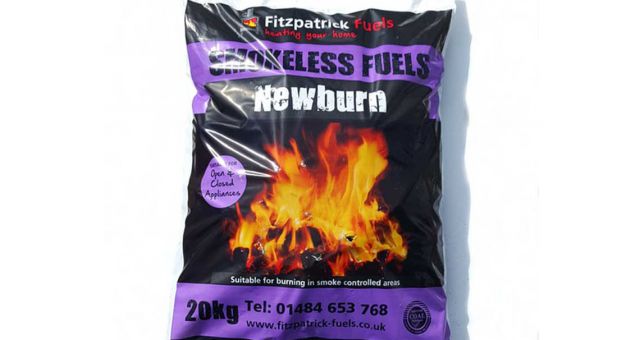Asado is much more than just a barbecue or way of cooking meat. It is a cultural tradition as well as a source of national pride. It has become much adopted by wider varieties of people based on their love for the flavours and cooking style. The event of an Asado brings families, friends and even communities together. Each contributing to the event allows them to socialise and maintain a tight knit relationship.
An Asado (meaning both Barbecue and a cut of meat) is cooked on a Parrilla, which is a cooking device. The Parrilla can be as simple or as complex as the host wishes. They come in many shapes and sizes, the main idea is to have a section to hold your logs and a section to place meat to grill. Some will use bought Parrillas which tend to have a V-shape bed so juices from the meat can be directed away from the hottest parts of the coals. Many are equipped with a mechanism to adjust the height of the grill which is used to regulate the temperature of the meat.
Wood is the main source of fuels for an Asado however, as it becomes more popular people have moved towards using charcoal for convenience. Gas or more modern types of grilling is frowned upon, as well as using any flammable liquid.
Instead it has been known for stale bread soaked in alcohol to be used to ignite the fire instead. Pine cones and small kindling have been used previously in order to help with building a fire to avoid the use of briquettes as it is believed to change the taste of the meat.
When the flames & smoke have settled down and the heat is at a prime temperature, lower the grill to 15cm above the bed of coals. Keeping the hottest coals to one side of the coal bed, so that meat can be moved across the grill instead of staying over intense heat the whole cooking process, will stop fat dripping and causing flares of smoke, which may taint the flavour of the meat.
Once the Parrilla is set up and the meat has been prepared, which only consists of cooking salt being rubbed in, the first round of cooking begins. In Argentina there is a strict policy in which no parts get left behind or wasted, so these are cooked first. This consists of internal organ delicacies and sausages. They are the first course to be cooked and served.
Once the first course is over the main course is then prepared. This is the larger cuts of meat which are traditionally what is seen in pictures when searching Asado. The large cuts are staked on iron cross shapes and stood vertically above the fire in order to cook. Again marinating rarely occurs with this style of cooking, the meat may be sprinkled with grilling salt either right before grilling or once the meat is placed over the grill. Occasionally salmuera will be used, a brine made up of hot water, herbs and coarse salt.
Once the cut reaches its cooking point, the host will crave and distribute the meat typically on communal boards so people can take as much as they wish. Smaller meat cuts may also be cooked and served at the same time.
Sides are also provided and shouldn’t be overlooked as they provide the perfect accompaniment for the mainly meat based feast. Mixed salads, Potato salad, Grilled vegetables and eggs are commonly seen. Bread rolls are usually handed out too for sandwiches to be made.
Pair with a glass of Malbec and enjoy your Asado!




